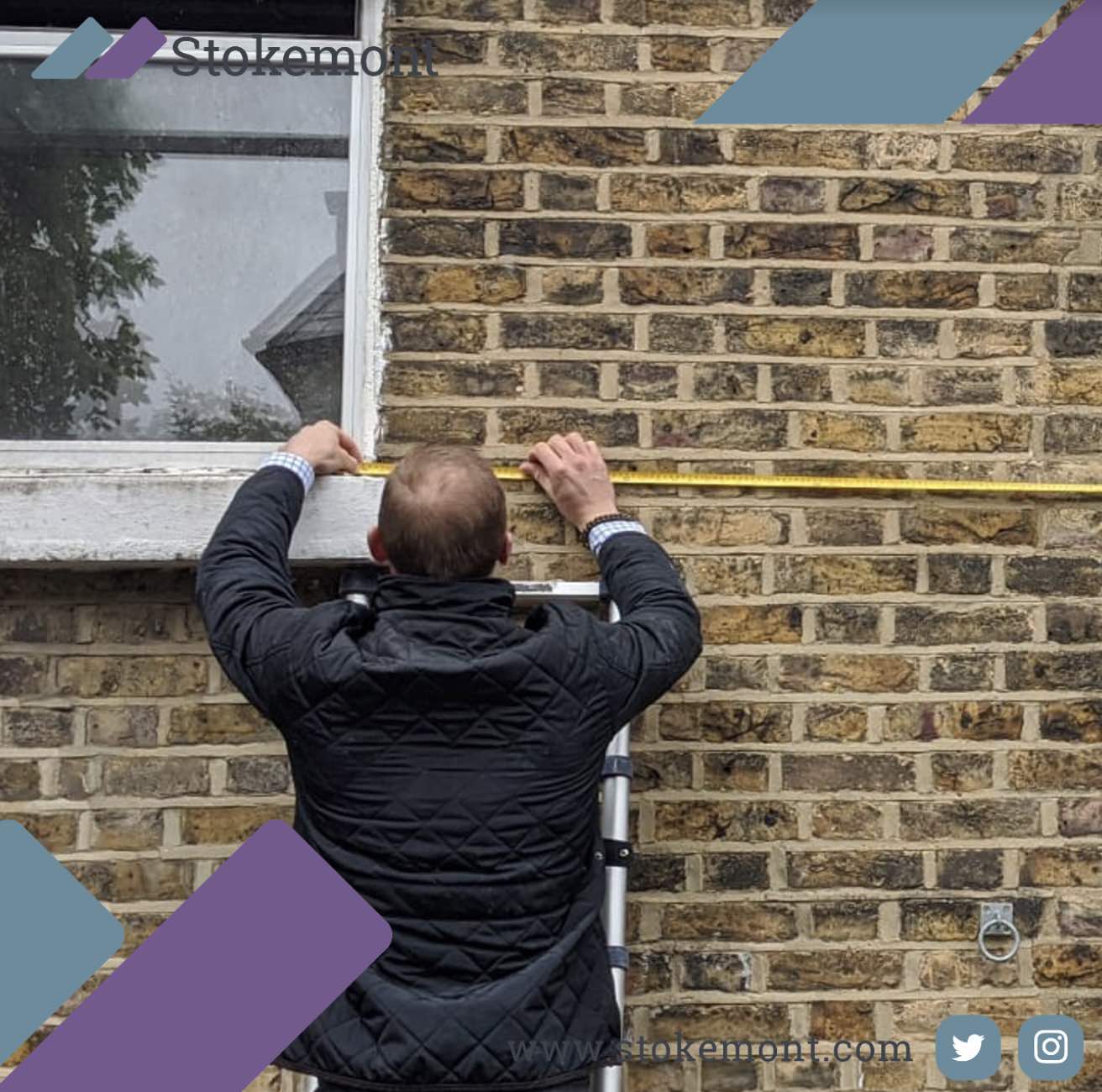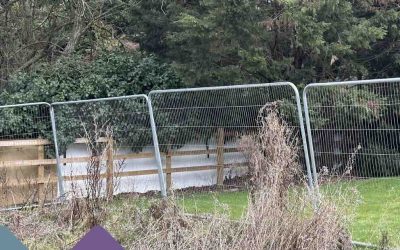Thank you, for clicking on today’s Property Surveying blogpost. Today we are going to be looking at one of the most typical services that we handle here at Stokemont – boundary surveying.
Boundary surveying and boundary dispute resolution is commonplace, and makes up a vast majority of the neighbourly disputes that we handle here at Stokemont.
A boundary dispute arises when two land or property owners have some form of disagreement in respect of the position, maintenance, or line of the boundary that separates their respective properties.
Boundary disputes can often be a worrying and concerning issue for both the person whom raises the dispute, as well as the owner who is the recipient of the dispute.
Here at Stokemont in all cases we would advise that neighbourly discussion is had soon, and as early on in the disagreement as possible.
In many cases, straightforward and simple discussion with neighbours can go a long way to resolve outstanding boundary issues. It is equally worth noting that in many cases, what one neighbour may consider as a dispute or issue, may be accepted by the neighbouring owner. This would effectively negate and resolve a potential issue for whatever arose.
In our opinion here at Stokemont, boundary disputes tend to arise when there is some form of interaction or change, whether this is planned or has been undertaken, to the boundary line.
In many cases, property owners will rely on the professional input and advice from contractors. This can often lead to boundary issues.
To put this into perspective, the majority of contractors who install fences will undertake the installation in the most time and cost-effective way possible for their client.
In practice, this will more often mean that they will work around obstacles on site such as:
- Tree roots
- Historic fencepost footings/concrete
- Wires
- Hedges
- Trees
- Structures
While in practice this will mean that the overall job that the fencer undertakes is more straightforward. In practice, it can quickly lead to fences that are out-of-line, meander between two respective properties, or may simple be entirely in the wrong place.
This can then lead to issues further down the line, as the neighbouring owner will likely take issue to the direction, location and plane in which the fence has been installed.
The only way to really resolve this, is to discuss the matter with the neighbouring owner prior to the change of the fence and installation of the new one.
In cases where there are historic neighbourly issues, this is obviously going to be difficult, as it effectively means that there is not going to be a firm ground for neighbourly discussion in the first instance.
Another very typical example of a boundary dispute arises when one neighbour is planning on undertaking construction work to their property. Usually, with that construction work having some form of interaction to the boundary line.
Here at Stokemont, our experience tells us that this is often front, rear, or side extensions, whereby the extension walls are planned and built up to, or astride, the boundary line.
The issue in waiting here, is that many neighbouring owners will then dispute how the boundary line has been illustrated on the architect’s or engineer’s plans.
While the Party Wall etc Act 1996 and party wall surveyors are naturally going to resolve the disputes which exist under the Act, they are strictly limited in their jurisdiction and remit, and therefore are not going to be able to resolve boundary disputes.
Instead, boundary dispute resolution is reserved for specialist boundary surveyors, who will not only look at the lay of the land, they will also undertake extensive research into the historic matters in respect of the properties, arriving at a considered and informed opinion on where the boundary is, and/or how the current lay of the land interacts with that boundary.
In the event that neighbourly discussion does fail, or is a non-starter, we would advise that discussion is had with an experienced and qualified boundary surveyor at the first instance. The boundary surveyor is likely going to be able to give you some practical and proactive advice that you can follow prior to their instruction.
This could be as simple as sending a letter to your neighbour, setting out that you intend to employ a boundary surveyor unless the matter can be resolved.
If all else fails, a boundary surveyor is going to come onboard to not only provide professional opinion on the boundary matter, they are also going to aim to do so in a neutral and impartial way, thereby best aiding and assisting in resolution to the boundary dispute at hand.
Here at Stokemont, we undertake multiple boundary surveys each and every week. Over this time we have seen boundary disputes in respect of all different types of properties, whether it be a 14th century religious structure, a conventional semi-detached or terraced property, or even a commercial property. We have done them all.
If you would like to discuss your boundary surveying issue with our team of boundary surveyors, please feel free to give us a call today, and we will be more than happy to assist and advise you.




